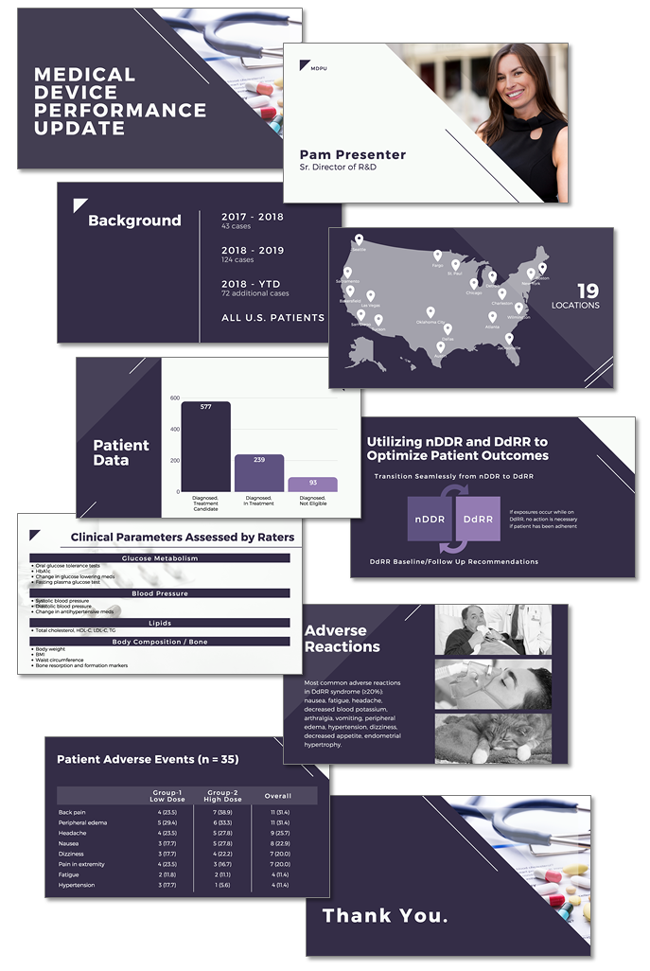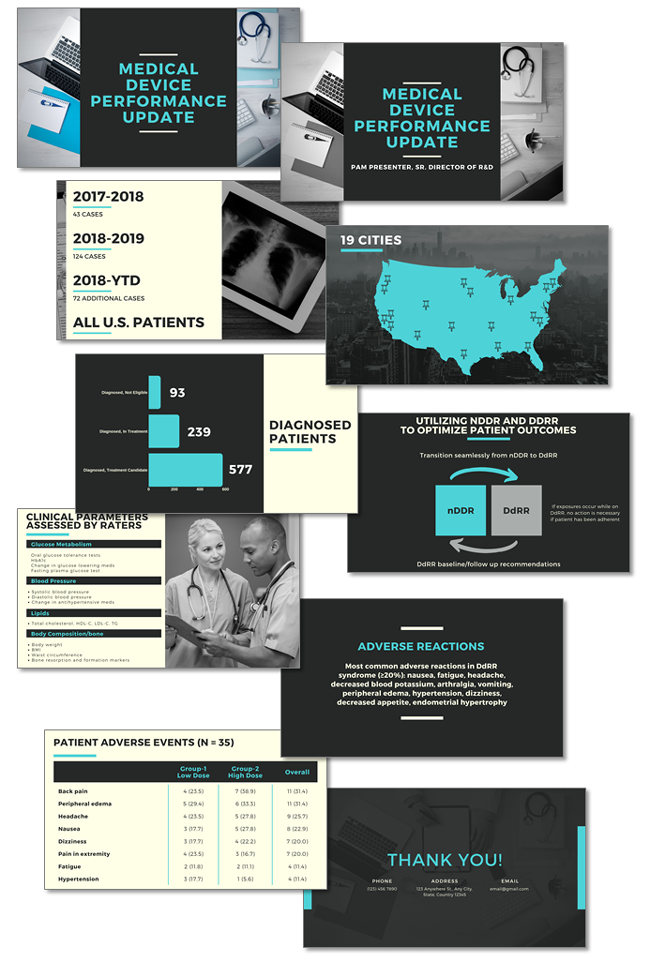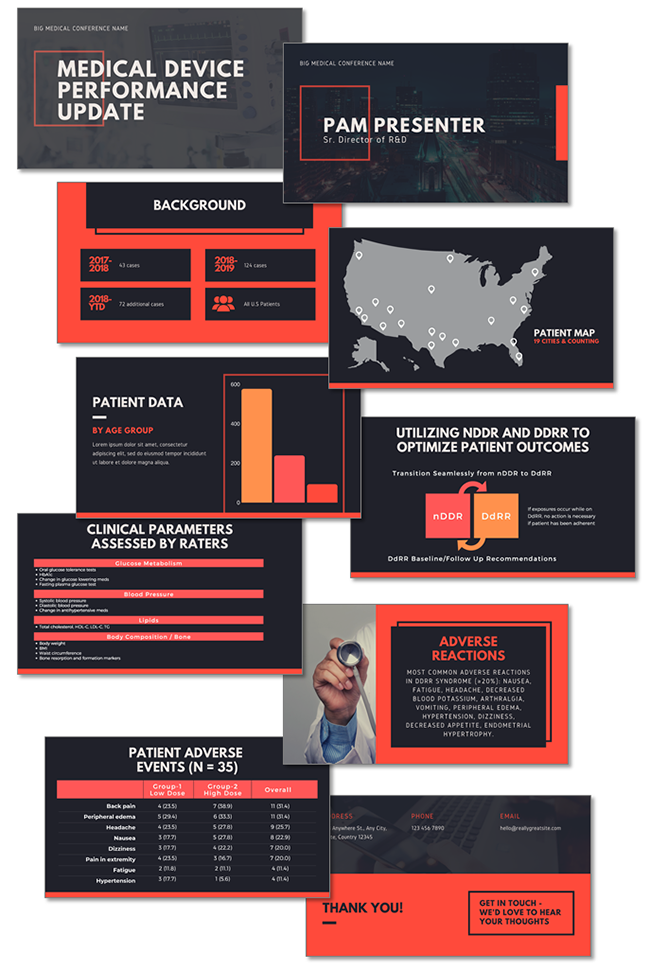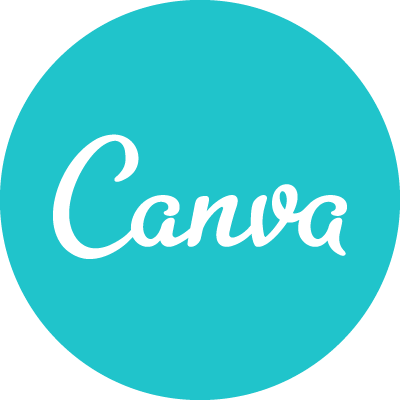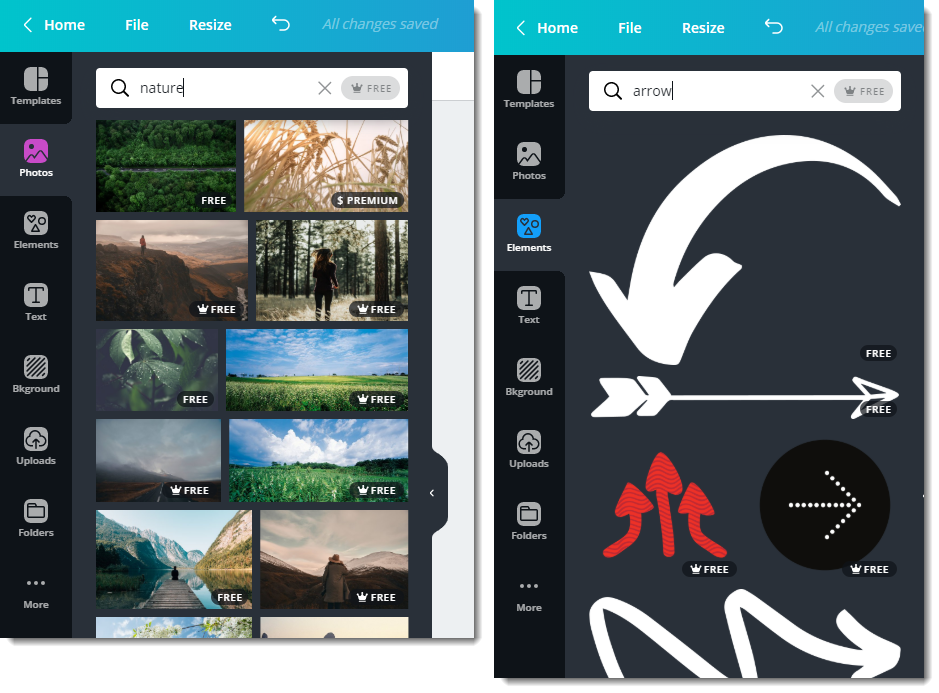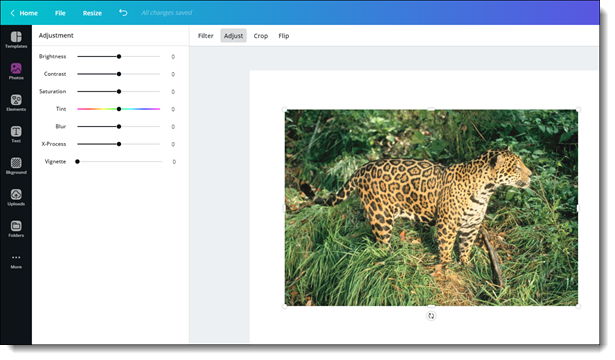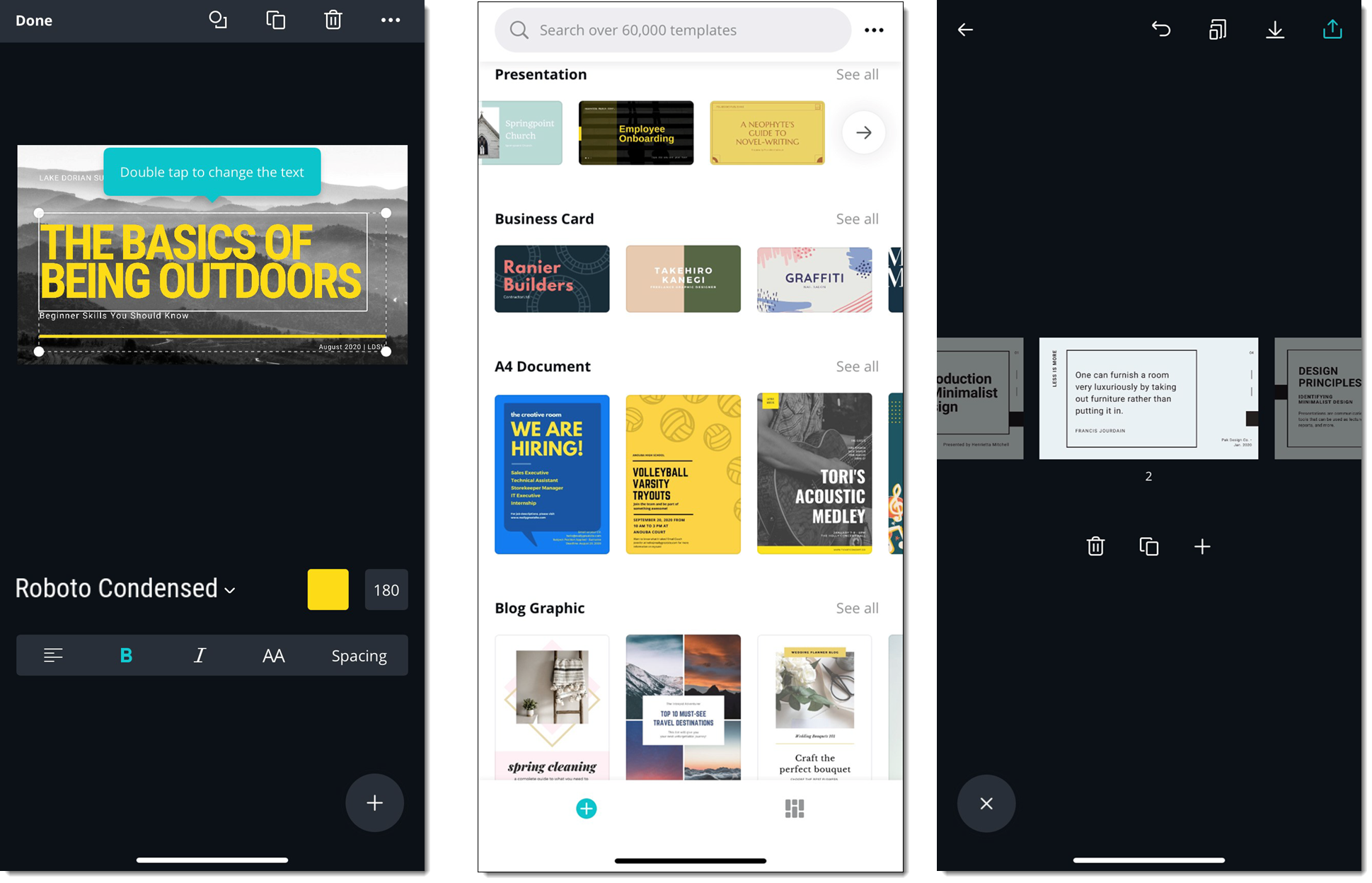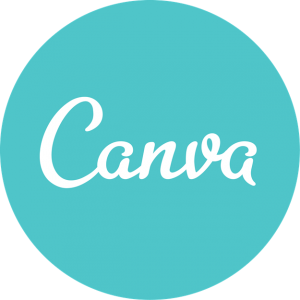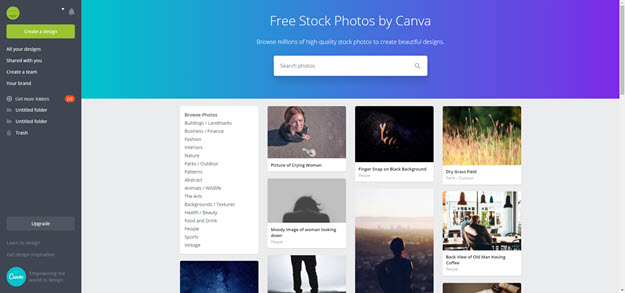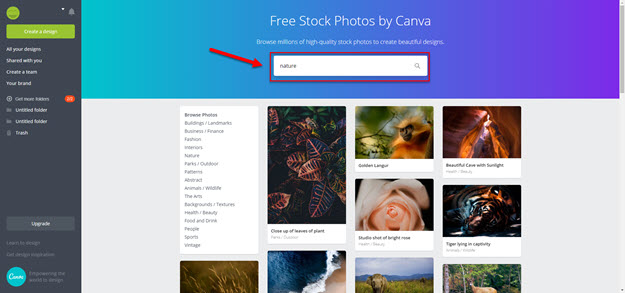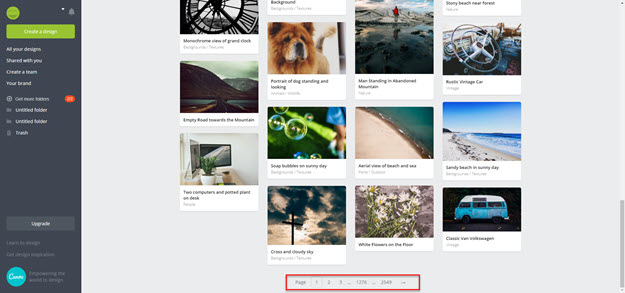Canva Presentation Animation Explained
Canva adds notices that if the account is upgraded to a “Pro” account, animation features are added. But the animation is not what you expect. Yes, the content on each slide has entrance effects applied. No, you cannot control the animation effects in any granularity.
When logged in to your Canva account and have a presentation open, in the top right of the editable deck, there is a drop down button with ANIMATION as an option.
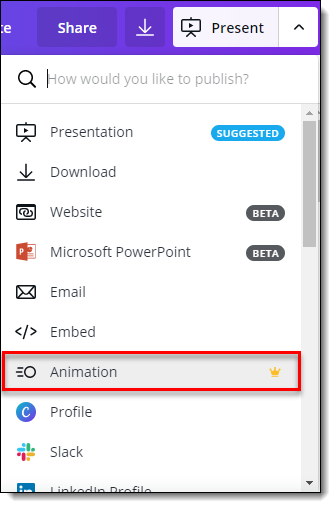
There are seven animation options; Fade, Pan, Block, Rise, Breathe, Slide, Instant. The critical thing to understand is the animation style chosen applies to EVERY object on EVERY slide. There is no granular control over what objects animate (everything does) and no selecting different animation styles, or no animation, for specific slides. There is also no customization of the animation duration/speed or ability to add on-click animations to elements on a slide.
The best way I can describe Canva’s presentation animation is it is a combination transition effect that applies an auto entrance to all elements on a slide.
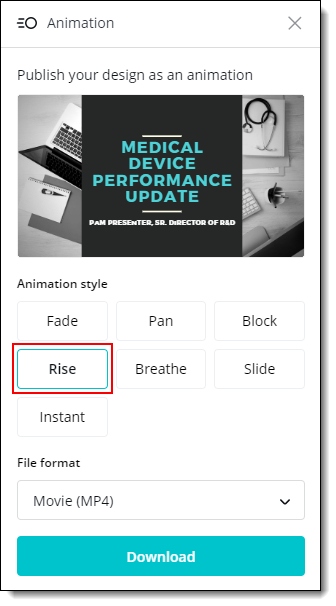
The other critical item to understand about Canva’s presentation animation is an animated presentation is only available when exported as a .mp4 (or .gif). If an edit is made to the presentation, it needs to be exported again to add the animation.
In exporting our sample presentation to view the various animation styling we found a bug that altered the content of our bar chart (if this was PowerPoint I would submit a bug report to the Dev Team). The axis in the presentation itself looks correct but when exported as an mp4 the X axis label text becomes stacked (leaving the data to be interpreted as wrong).
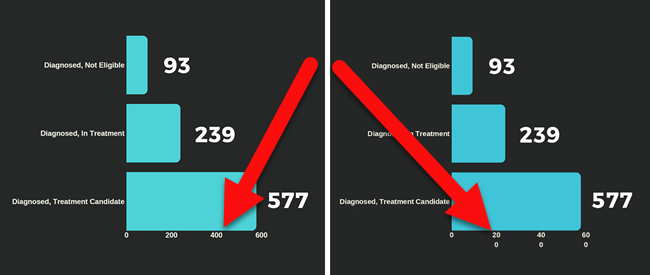
Here is the demo presentation used for testing animation:
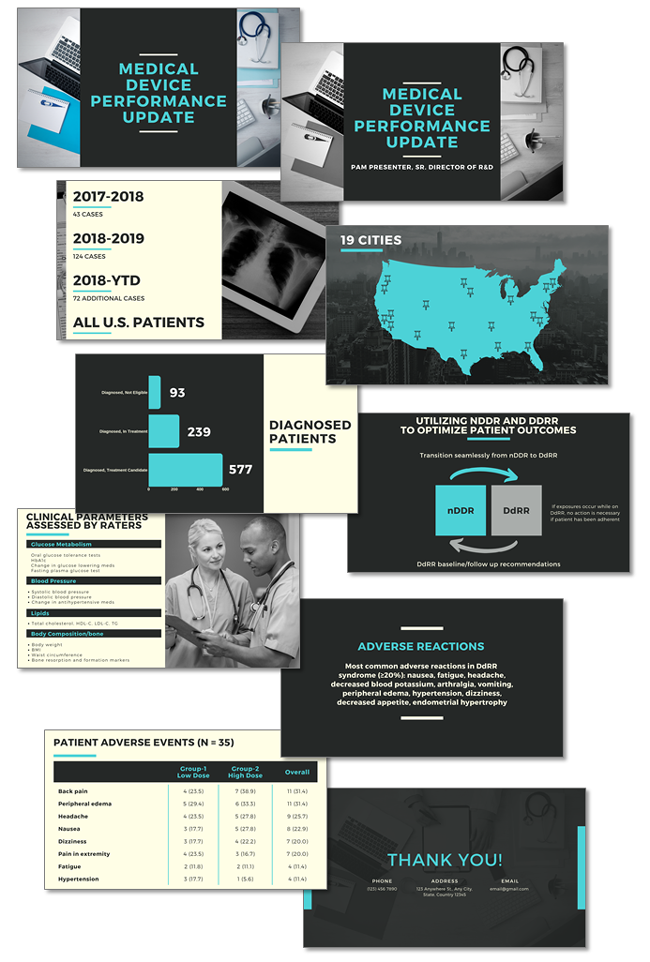
FADE Animation
[KGVID]https://thepowerpointblog.com/wp-content/uploads/2019/06/unnamed-file-2.mp4[/KGVID]
BLOCK Animation
[KGVID]https://thepowerpointblog.com/wp-content/uploads/2019/06/unnamed-file.mp4[/KGVID]
RISE Animation
[KGVID]https://thepowerpointblog.com/wp-content/uploads/2019/06/unnamed-file-3.mp4[/KGVID]
Troy @ TLC

